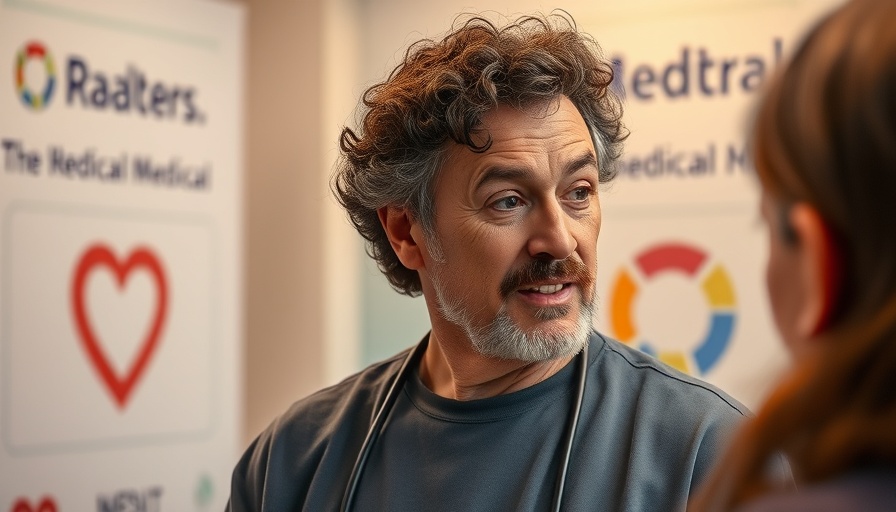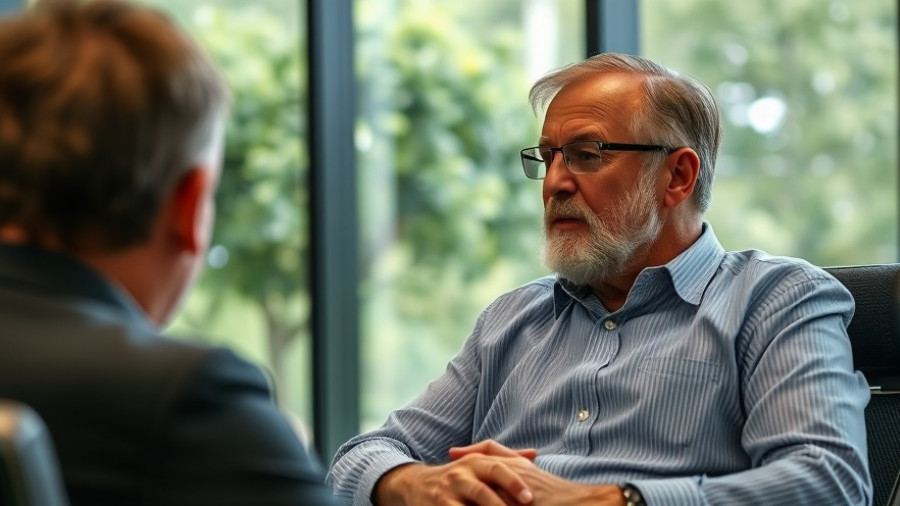
Unlocking the Secrets of Biohacking for Health Optimization
In the quest for better health, biohacking has become a fascinating trend, merging technology and self-awareness to enhance our well-being. One of the standout tools in biohacking is the Aura Ring, which has gained popularity for its ability to track sleep quality and daily activity levels. The speaker in our featured video shares insights from their journey of using this innovative technology to transform their health. By wearing the Aura Ring, users can gain vital information about their sleeping patterns, enabling them to make necessary adjustments for improved rest and recovery.
In 'My Biohacking Journey: Using an Aura Ring and Glucose Monitor to Optimize Health #shorts', the speaker explores innovative health strategies that led to deeper insights we are analyzing.
Understanding Metabolic Responses through Glucose Monitoring
Another compelling aspect of biohacking highlighted in the video is wearing a glucose monitor. This device helps individuals understand how different foods and lifestyle choices affect their metabolism. The speaker mentions learning what they can indulge in and what foods are better avoided by analyzing blood glucose levels. Such knowledge can be transformative, empowering individuals to make informed dietary choices that can also influence hair restoration—an important concern for many.
The Connection Between Health Monitoring and Hair Restoration
While trackers like the Aura Ring and glucose monitors focus on overall health, there's an intriguing connection to specific health issues like hair loss. Monitoring one’s health can lead to better understanding of how stress, sleep, and metabolism can affect hair health. Treatments like follicular unit extraction (FUE) and platelet-rich plasma (PRP) therapy are effective solutions for combating hair loss, but they work best when combined with a holistic approach to health that includes good sleep and a balanced diet.
Why Biohacking Is More Relevant Than Ever
As we continue to navigate the complexities of modern lifestyles, tools for optimizing health—like the Aura Ring and glucose monitor—become essential. They invite users to engage actively with their health journey, which can be particularly relevant for those seeking effective hair restoration solutions. Whether you are considering laser hair therapy or looking for medical hair loss solutions, understanding your body's feedback through biohacking can enhance your overall experience.
As we embrace technology to track and optimize our health, it's essential to remember that these tools serve as guides for creating a healthy lifestyle. From sleep quality to nutritional choices, every aspect contributes to feeling good and looking good. So, if you're on a journey for better health or effective hair restoration, consider these biohacking tools as your allies!



Write A Comment